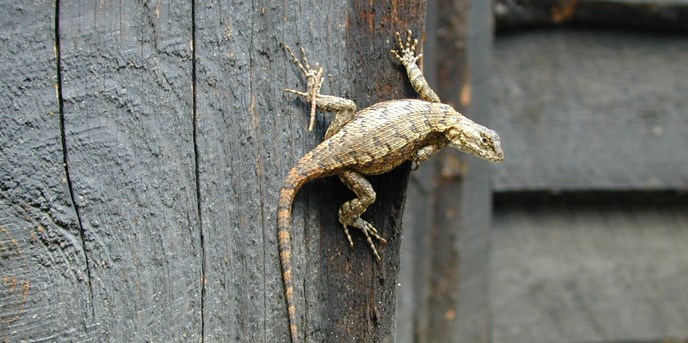
NPS Photo. Prince William Forest Park protects the largest piedmont forest in the National Park Service and the largest greenspace in the Washington, D.C. metropolitan region. This park gives area residents and visitors a unique opportunity to immerse themselves in an abundance of natural features, ecosystems, flora, and fauna. Use the links below to navigate to more information on the natural resources of Prince William Forest Park. 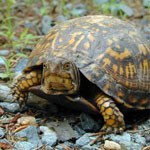
NPS photo Animals 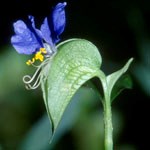
NPS photo Plants 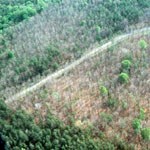
NPS photo Environmental Factors 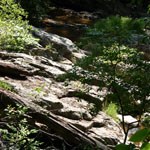
NPS Photo Natural Features and Ecosystems 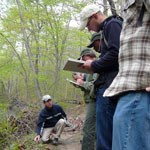
NPS Photo Research & Reports Researching Nature at Prince WilliamPrince William Forest Park is a natural oasis for visitors and for scientific researchers because of its protected natural landscape. The research done here provides the accurate and current natural resource information we need to provide to best care for the park. Scientists look at what key resources are present in the park, if they are stable or changing, how ecosystems are changing over time, and how much change is normal. Like a physician monitoring a patient's heartbeat and blood pressure, National Park Service ecologists with the National Capital Region Inventory & Monitoring Network collect long-term data on forest vegetation, bird and amphibian communities, water quality, and other key resources at Prince William, analyze the monitoring results, and share them with the park. |
Last updated: June 6, 2023
